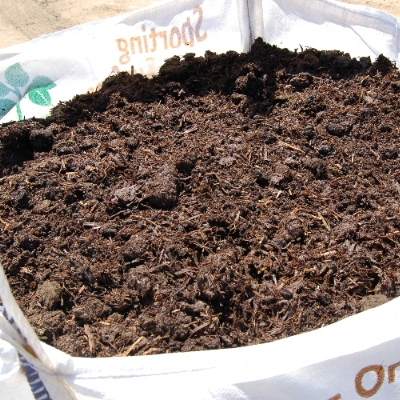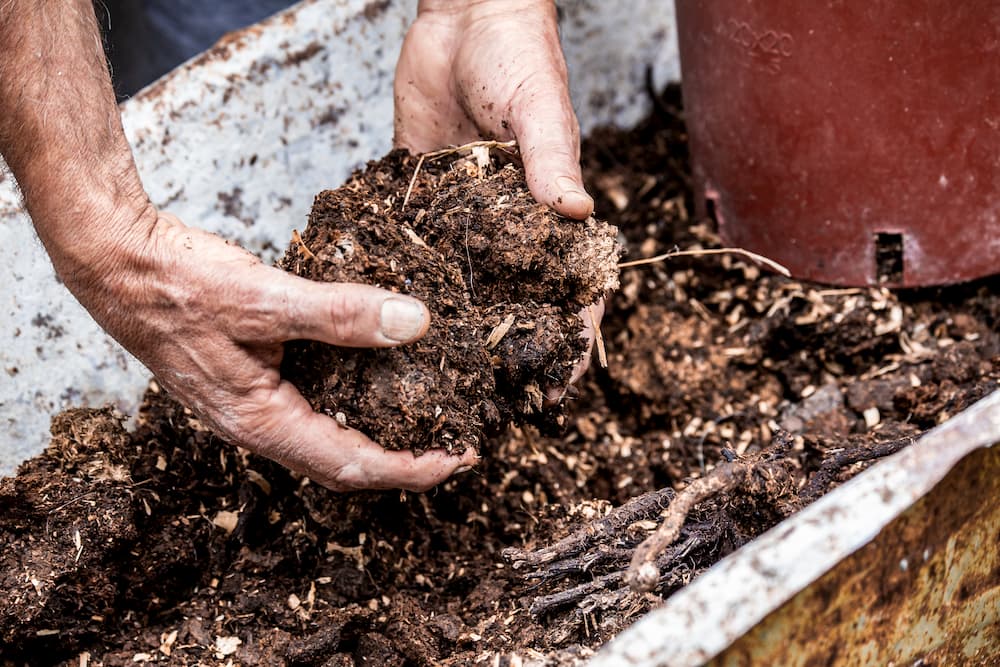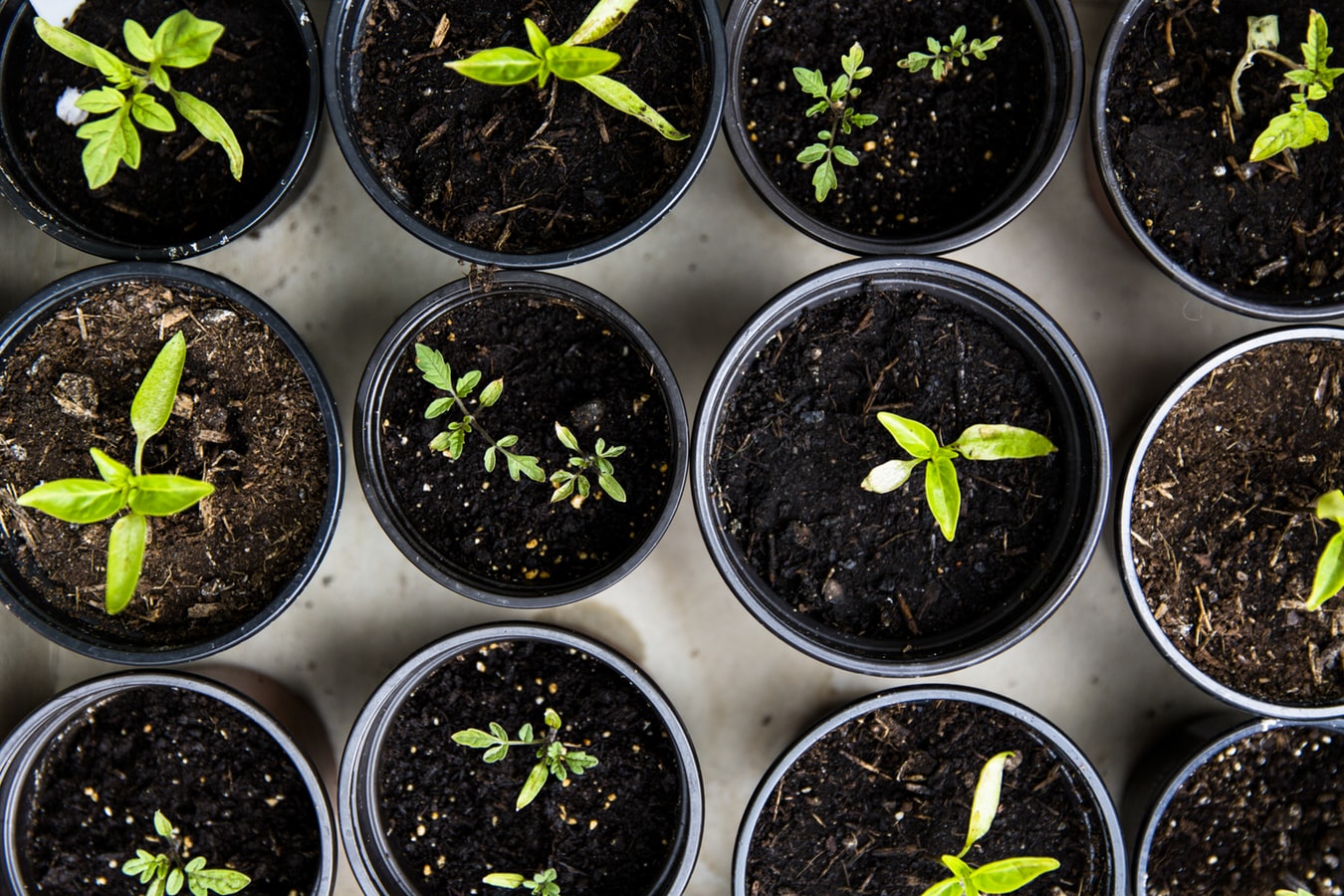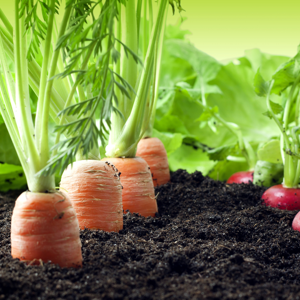How to Grow Chillies
How to Grow Chillies
Growing Conditions
Chillies should be grown indoors in the UK, as our weather just isn’t warm enough to give us a successful crop. It is essential that chillies are kept warm, both in the early stages and later on in their development; although a greenhouse is usually warm enough once the plants have become established.
The minimum temperature your chillies should be exposed to is 10°c and they should be in a place where they get a lot of sunlight. A conservatory or windowsill is ideal. By May, the weather should be warm enough to move the plants into a greenhouse.
Equipment You Might Find Useful
Canes or sticks and string: Chillies are one of the many home grown foods that require something to support them. When they are smaller plants, they may flop under their own weight, whereas larger chilli plants may flop purely under the weight of their fruits. Tying them loosely to a garden cane or a large twig from your garden waste is usually enough to prevent a falling plant.
Troughs: Since your chillies should be grown indoors rather than in the soil for best results, you will need some pots or troughs to put them in. Troughs are better in greenhouses to maximise space, but they might look better in a nice round tub if kept in the home.
Clingfilm: Useful for keeping heat and moisture in seeding trays to help your baby chilli plants to germinate.
Capillary Matting: Roots may grow better and stronger if watered from below.
Getting Down To Growing
It can take 1-2 weeks for your chillies to germinate, although some varieties can take up to six weeks. Popping the tray on a heated propagator can speed this up a little (although an electric blanket would serve you just as well).
Water your chillies regularly, but don’t soak them. In fact, some sources reckon that stressing your plants a little can give your crop a better flavour. In the early days though, keep soil damp but not ‘wet’.
Keep your trays somewhere warm with lots of bright sunlight such as a windowsill that gets a lot or sun, or in a conservatory if you have one.
When the seedlings are approximately 5cm (two inches) in height and have gained their second set of leaves, they are ready to be moved into their own individual pots. These pots should be around 8-10cm in diameter. You will need to re-pot them again when they have reached 15cm (six inches). Pop them in their own pots, or you can get three plants in one 12-inch tub. Make sure the pots have lots of compost, filling them up to around 1cm from the top.
One of the most important things to remember if you are growing indoors is to hand pollinate your chillies when they flower. This can be done with a cotton bud, just dabbed into each flower.
Harvesting your Chillies
When your first chillies have grown, cut them from the plant while they are green. By doing this, your plant should continue to fruit right through the season (which is between July and October).
If you want a better flavour, allow your further chillies to go red before harvesting.
If you moved your chillies to a greenhouse and they are struggling to ripen because of bad weather or poor sunlight, bring them back indoors and put them back on the windowsill, ensuring you keep the house warm.
For Best Results:
- Use tomato feed weekly for better growth.
- Check leaves daily for aphids, treating if needed.
- Freeze or dry your excess chillies so you can enjoy your crop all year round.



